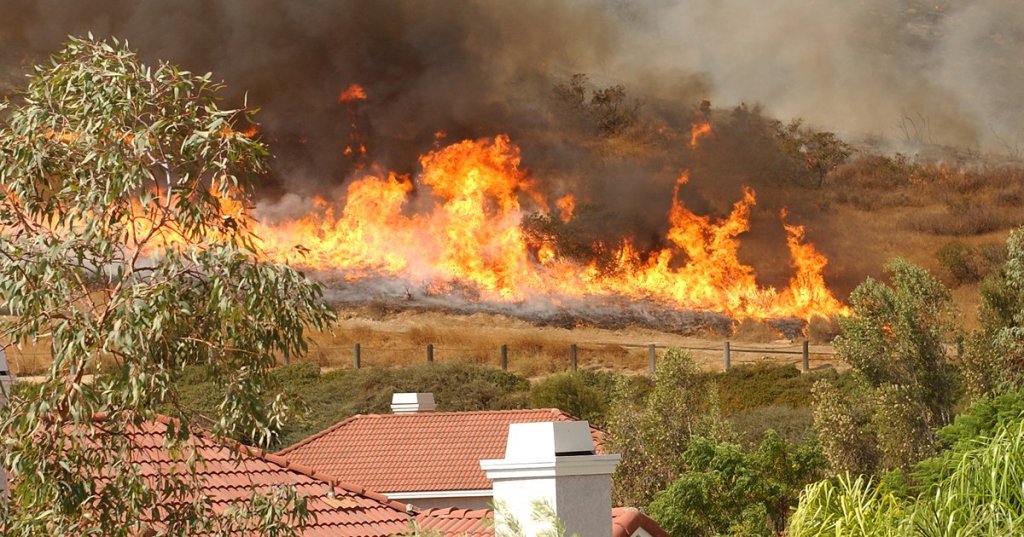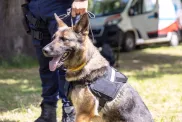Wildfires and other natural disasters can occur immediately, forcing thousands to flee their homes. Evacuation procedures have improved in recent years, and more plans are including pets.
The southern California wildfires of 2007, for instance, forced the country’s second mass evacuation in two years, but this time pets made it out with their owners, according to animal care officials. “The public was good about evacuating with their pets this time around,” says Eric Sakach, director of the West Coast Regional Office of the Humane Society of the United States.
He, and others, credit the lessons learned from Hurricane Katrina for California’s relatively orderly relief effort. In that disaster, which displaced people up and down the Gulf of Mexico, thousands of pets were left behind and many of those were never reunited with their owners. Since then, the Humane Society has helped spearhead a national movement to make sure animals are included in any broad emergency relief effort.
Prepared this time
Almost as soon as the fires broke out, dozens of regional animal and disaster relief experts converged on San Diego, and other southern California towns. An adjunct pet shelter was immediately set up at San Diego’s Qualcomm Stadium, nearby parking lots were converted into makeshift camps that allowed pets, and at least one local high school offered a pet-friendly locker room as refuge.
Still, the reality is that some residents were forced to leave home without their pets, and rescue teams are currently trolling evacuated areas in search of them. “At last count, 417 animals have been reached — mostly horses, but some dogs, cats, goats,” says Sakach. “Incredibly, almost all of them have been reunited with their owners.”
“People have finally gotten the message about smaller animals and made appropriate preparations to take them with them,” he adds, noting that relief efforts this time are centering on helping large animals, such as horses and livestock.
How to protect your pets in an emergency
The best approach to dealing with any disaster is to be prepared. Here are the steps the Humane Society suggests you take now in the event something unexpected happens to you and your family.
- Ready your pet’s crate, or carrier. And if you don’t have one, get one. Be sure it’s large enough for your cat or dog to comfortably stand up and turn around in. Introduce your pet to his crate by occasionally putting treats or toys in it. Your pet’s positive association will make it a speedier exit easier.
- Set aside supplies. You should have enough pet food and water for at least three days, and a leash or and harness on hand.
- Know your options. Find out which disaster relief locations in your area accept pets in the event of an emergency or evacuation (most do not), and identify which hotels or motels in the area allow pets, or make exceptions in emergencies.
- Arrange backup. Set up plans in advance with a trustworthy neighbor or close friend to come get your pets in the event you’re away when disaster strikes.
- Microchip. Your dog may get loose from his collar, but his chip will remain with him his entire life. If you’ve got a cat, microchip him as well.
- Keep a photo on hand. In the event you become separated from your pet, you’ll want to be able to provide a picture, as well as prove the animal is yours once you’re reunited.
- Leave early. If there’s even a small chance you’ll need to evacuate, just go — and take your pets with you.
For more information on how to take care of pets in an emergency, contact the Humane Society or the ASPCA.









